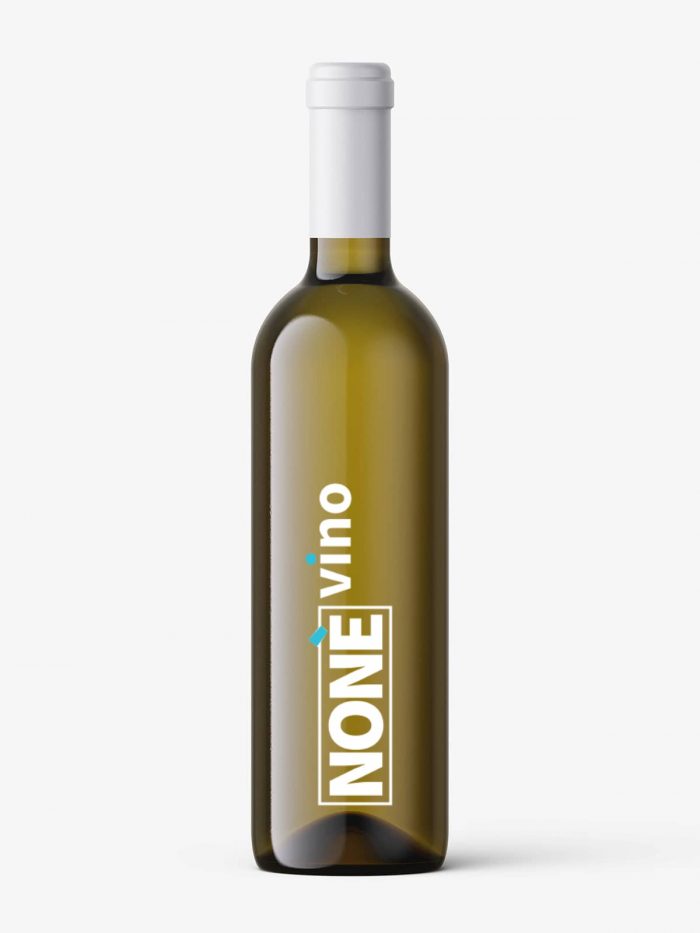The geographical area dedicated to the production of the IGT Terre Siciliane wine extends over the entire Sicilian territory, whose orography shows sharp contrasts between the northern portion, mainly mountainous, the central-southern and south-western one, essentially hilly; that typical of the plateau, present in the south-eastern area and the volcanic one in eastern Sicily. The flat areas are mostly concentrated in the coastal areas. The whole territory is characterized by an adequately ventilated, bright and favorable environment for the fulfillment of all the vegetative-productive functions of the vineyards.
The Production Area of Terre Siciliane IGT Wine is located in the Sicily region and includes the entire regional territory.
During the vinification phases, only loyal and constant oenological practices of the area are allowed, suitable to give the wines their particular quality characteristics.
The winemaking practices of the IGT Terre Siciliane wine include, among other things, that:
– The maximum yield of grapes into Terre Siciliane IGT wine, ready for consumption, must not exceed:
– 80% for all types of white wines and red wines;
– 75% for rosé wines;
– 50% for dessert wines.
For the types of fortified wine these yields are net of the alcoholization that can be carried out with alcohol of a vinous nature, with wine alcohol and with the addition of wine brandy.
Sicily is one of the regions with the most ancient winemaking tradition as evidenced by the numerous archaeological finds (fossil ampelolites, amphorae for wine use, coins with Dionysian and uvicle figurations) and the many Greek and Latin literary sources that refer to the renowned Sicilian wines.
The vineyards had great splendor during the colonization of the Greeks (VIII-III century BC), who introduced some vines such as the Grecanico, which has come down to our days. There are depictions of viticultural scenes on the coins as evidence of the region’s developed economic activity linked to wine production.
During the dominion of the Romans (III century BC-V century AD), in particular in the Caesarean age in Gaul the presence of Sicilian wine is attested.
During the domination of the Spaniards (1512-1713), vineyards, olive groves and almond groves increased in the internal territories and, where water was abundant, gardens and vegetable crops were also growing. In the sixteenth century, Tommaso Fazello, in his “De rebus Siculis”, mentions the territory of Aci, the Messina countryside, the plain at the foot of Mount Etna, the Val di Mazara and the plain of Palermo as highly planted areas. Bacci, in his famous “Naturali vinorum historia”, mentions the vineyards at the foot of Mount Erice, those of the territory of Palermo and the island of Lipari, scattered with fertile hills.
The English merchant John Woodhouse opens a winery in Marsala, developing the trade of Marsala wines with England; Benjamin Ingham also opens several factories in Marsala and Mazara; but the foundation of a factory by the entrepreneur Vincenzo Florio contributed in a preponderant way to exalt the development of the Marsala trade.
It is towards the end of the 80s and the early 90s that we can indicate the beginning of the modern history of Sicilian wine. Sicily’s ability to produce quality white wines is consolidated both with native vines such as Inzolia,
Catarratto, Grillo, and with allochthonous vines, such as Chardonnay, Muller Turgau and Sauvignon.
In the nineties the experimentation and production of high quality red wines began with the native Nero d’Avola grape and the allochthonous Cabernet, Merlot, Syrah, Petit Verdot and Pinot nero. The undisputed protagonist of this new course is Nero d’Avola, which even when blended with other international vines manages to characterize and mark the wine itself, not only for the chromatic aspect, but above all because it gives the wine a typicality attributable to flavors Mediterranean.
The DOC Sicilia wine obtained the recognition of the Controlled Designation of Origin on 10 October 1995.






